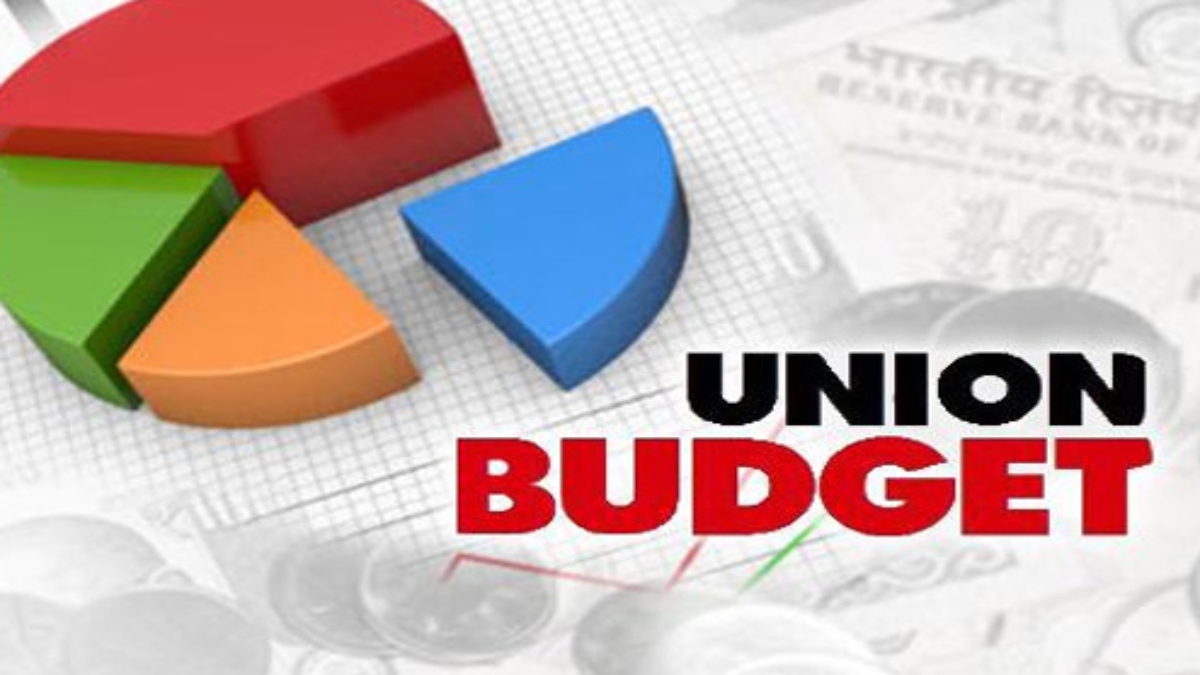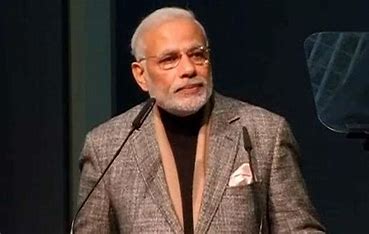
In an exclusive interview with Ajay Sahai, DG & CEO, Federation of Indian Export Organizations (FIEO), he articulated his views on the expectations of the export community from the budget to be presented on February 1.
Excerpts: “How are exports doing?” Can we surpass last year’s performance?
I don’t think I am that confident. We have most likely reached $330 billion (USD). If we take USD 36-38 billion per month, we will reach USD 445-455 billion by the end of the fiscal year. more or less around the last fiscal year. If, because of China, the oil prices increase, our petroleum exports will move up, and we may have USD 4-5 billion plus.
So what are you looking for in the budget to ramp up exports?
So far as exports are concerned, I am looking into the budget to address my short-term issues. The issue is liquidity, and for that, we want the flow of liquidity to ease out to the industry. We have asked that the emergency credit linked guarantee scheme be extended for another year, with a suitable extension in the moratorium period, so that the industry is not burdened to pay at this time due to a lack of liquidity. The RBI increased interest rates five times last year. The interest equalization scheme provided 5% and 3% interest support, respectively. There, the subvention was reduced because the interest rates were moving down. We want the interest equalization benefit of 5% restored now that interest rates have risen above the pre-Covid level. Now it is 3 percent and 2 percent, respectively. We want 3 percent to move to 5 percent and 2 percent to move to 3 percent. More importantly, for me, it should be extended to all exporters because the cost of credit is becoming extremely important to the service as well as the merchandise export.
What is the issue with liquidity? Are exporters not taking loans?
If we are not doing very well in exporting countries, demand for credit will go down. But let’s not ignore the fact that the cost of raw materials and logistics has gone up substantially. If I am looking at the pre-Covid level, freight rates went up to 350–400 percent but have now come down to 200–250 percent. In general, raw materials are 40-50 percent higher than before Covid. to bridge the gap between my desire for more credit to flow into the export sector. It may be the case that my quantity of exports has not gone up, but my requirement for credit has gone up because I have to pay more to the raw material supplier and to the logistics company that is arranging the logistics. Therefore, I will not subscribe to the view that, since exports have come down, the demand for credit has come down. On the face of it, it looks fine but, when you detail it, that’s not the case.
As a major contributor to India’s exports, what are MSMEs’ requirements?
When global conditions are difficult, MSMEs believe that participating in international and national trade fairs and exhibitions is pointless because business may not come to them immediately. But these are the times when we need to constantly showcase our products, and if we don’t do that even when the global situation improves, buyers will not come to us; they will go to those countries that exhibit their products. As a result, we have asked the Finance Minister to provide some marketing assistance, particularly to SMEs, possibly by establishing a corpus, a type of scheme similar to an export development fund or an export promotion fund. Some of the countries, like Singapore, have provided a 200 percent tax deduction for overseas marketing. Something similar can be offered to Indian exporters in order to encourage them to invest in marketing.
Which of the government’s new initiatives needs a focus in the budget?
We anticipate that a scheme to support “district as export hub” will be announced in the budget because such a scheme will help us identify gaps at the district level and, secondly, we will become more granular in our approach to exports. This was the center’s sole responsibility about ten years ago. Now we have taken states on board and have a provision where we can capture data at the district level. If we can develop entire policies and infrastructure at the district level, we will be able to significantly increase exports. Right, now when we talk of exports, we are talking of states that have 50 or so districts, of which 3 are doing well. We are ignoring the 47 that are not doing well. When we move to the district court, we will be recognizing all these pitfalls. I expect that a pilot kind of scheme for 50 or 100 districts may be announced by the Finance Minister. Let us put that into action, learn from those schemes, improve them, and then roll them out across the country.
Is the support for trade enough, given our ambitious targets?
I think the government rightly has its own priorities. As the country strives for inclusive growth, significant investment is being directed toward the social sector. Once the hands are tied, you probably won’t get the kind of focus that is required for exports. At the same time, when I am looking into the development of an eco-system for exports, that is definitely there.















